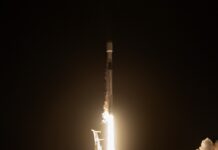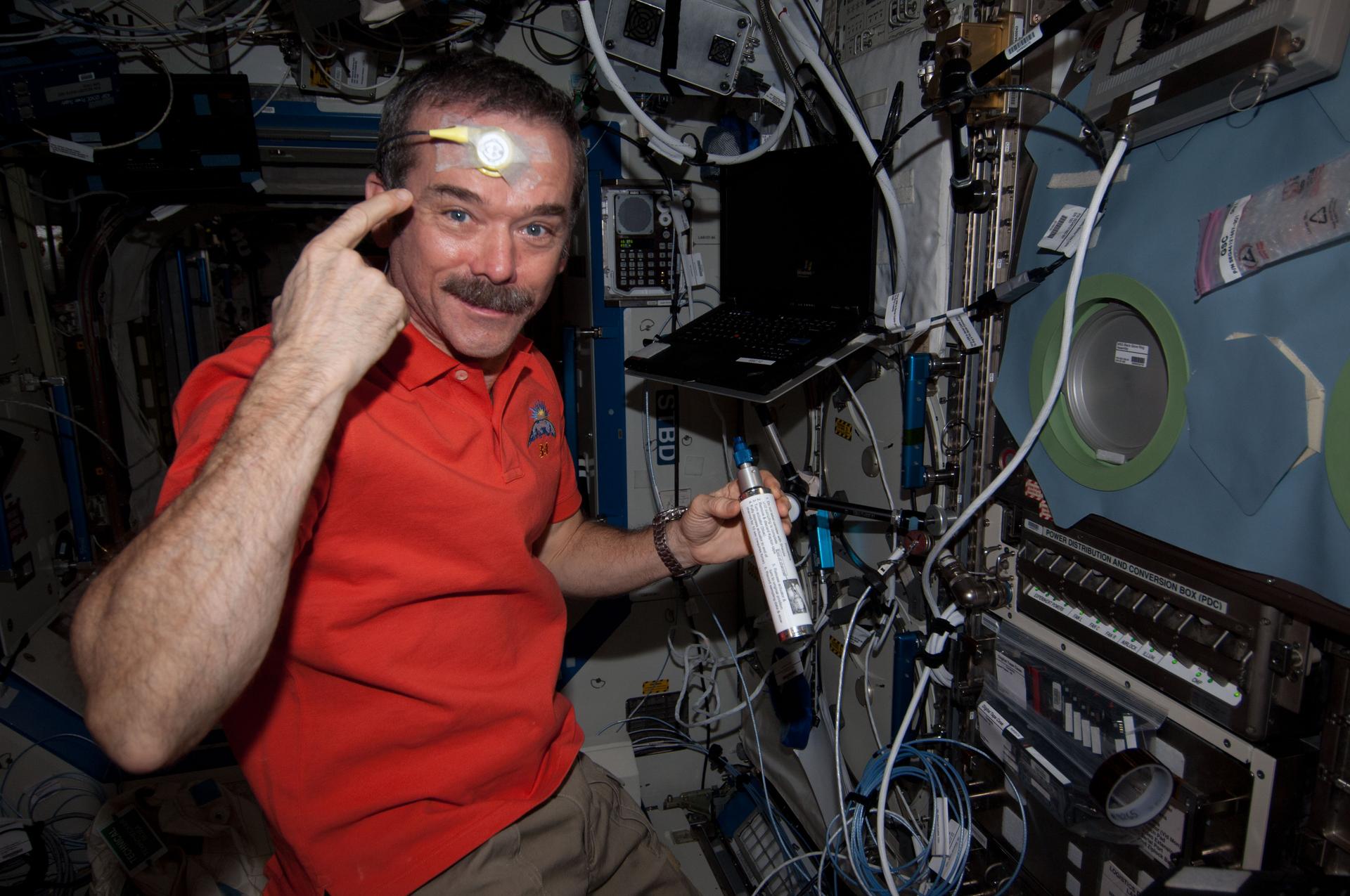Life on the International Space Station: Addressing the Challenges of Spaceflight
Living on the International Space Station (ISS) offers a unique and challenging environment, vastly different from life on Earth. The crew members aboard the ISS experience multiple sunrises and sunsets each day, live in confined quarters, adhere to tightly packed schedules, and navigate the effects of microgravity. These conditions can significantly impact the performance and well-being of astronauts. Many studies conducted on the ISS aim to understand these effects and develop new technologies and practices to mitigate them.
Circadian Light: Regulating Daily Rhythms
The European Space Agency (ESA) is currently investigating a novel lighting system called Circadian Light to help astronauts maintain a more regular daily or circadian rhythm. The system features an advanced LED panel that automatically and gradually changes its light spectrum throughout the day, closely mimicking natural Earth conditions. The research aims to understand how this lighting system affects the regulation of circadian rhythms, sleep quality, stress levels, and overall well-being of the crew members. Insights gained from this study could also have practical applications for improving lighting conditions for shift workers and individuals in extreme or remote environments.
Circadian Rhythms: Understanding Daily Changes
An earlier ESA investigation, known as Circadian Rhythms, explored how astronauts’ daily rhythms change during extended space missions, where the light and dark cycles differ from Earth’s 24-hour schedule. A well-established method to determine circadian rhythms involves continuously recording core body temperature. However, traditional methods can be invasive and inconvenient. For this study, researchers developed non-invasive skin sensor technology to measure body core temperature over extended periods, providing valuable data on how daily rhythms are affected in space. This understanding could lead to the development of countermeasures to improve performance and health on future missions.
Comm Delay Assessment: Managing Communication Delays
Missions to the Moon or Mars will face significant communication delays with Earth, potentially up to 30 minutes each way from Mars. The Comm Delay Assessment investigation evaluated how these delays might impact crew members handling medical and other emergencies. The study aimed to help psychologists develop strategies to manage the stress associated with completing critical tasks without immediate advice from Earth. Results indicated that the ISS could serve as a platform for testing communications delay countermeasures. The research also confirmed that communication delays increased stress and frustration among crew members, reduced task efficiency, and hindered teamwork. Enhanced training, improved teamwork, and advanced technology were suggested as potential solutions to mitigate these issues.
NeuroMapping: Studying Brain Changes
The NeuroMapping study focused on understanding changes in brain structure and function, motor control, and multi-tasking abilities during spaceflight and measured the recovery time for crew members post-mission. Published results from this investigation included a study that found no significant effect on spatial working memory due to spaceflight but identified notable changes in brain connectivity. Another paper reported substantial increases in brain volume, which correlated with mission duration and the intervals between missions. Researchers suggested that intervals of less than three years between missions might not be sufficient for full recovery.
Journals: Documenting Daily Experiences
The Journals investigation involved crew members writing daily entries, which researchers analyzed to identify issues related to well-being. This study provided the first quantitative data ranking the behavioral issues associated with long-term space missions. The journal entries covered ten main categories: work, outside communications, adjustment, group interaction, recreation/leisure, equipment, events, organization/management, sleep, and food. The insights gained from this study helped identify factors affecting human performance in space and included recommendations to prepare crews better for spaceflight and improve living and working conditions on the ISS.
Crew Earth Observations: Capturing the Home Planet
Astronauts on the ISS take photographs of Earth as part of the Crew Earth Observations (CEO) program. These images document how human activities and natural events change the planet over time and support a wide range of ground-based research, including studies on urban growth, natural systems like coral reefs and icebergs, land use, and ocean events. Over time, researchers realized that engaging in this photography also improved the mental well-being of the crew members, many of whom spend much of their free time capturing images from the station’s cupola.
VR Mental Care: Enhancing Mental Health
ESA’s VR Mental Care investigation evaluates the use of virtual reality (VR) technology to provide mental relaxation and improve general mental health for astronauts during their missions. Participating crew members use a VR headset to view high-quality, 360-degree video and sound scenarios and complete questionnaires about their experience. This tool could also be beneficial for addressing psychological issues such as stress, anxiety, and post-traumatic stress disorder (PTSD) on Earth.
Conclusion
Life aboard the International Space Station involves unique challenges that can impact the well-being and performance of crew members. Various investigations and studies aim to understand these effects and develop countermeasures to address them. From regulating circadian rhythms with advanced lighting systems to managing communication delays during emergencies, the research conducted on the ISS provides valuable insights that can improve life in space and have practical applications on Earth. As missions extend to the Moon and Mars, these findings will be crucial in ensuring the health and efficiency of future space explorers.
Further Reading
For more information on the scientific experiments mentioned in this article, you can explore NASA’s dedicated database.
Author
Melissa Gaskill
International Space Station Research Communications Team
NASA’s Johnson Space Center
This informative post aims to shed light on the various research efforts and technological advancements being made to support astronauts’ well-being during their time in space. By understanding and mitigating the challenges posed by spaceflight, we can ensure that our explorers are healthy, efficient, and well-prepared for the future of space exploration.
For more Information, Refer to this article.


































